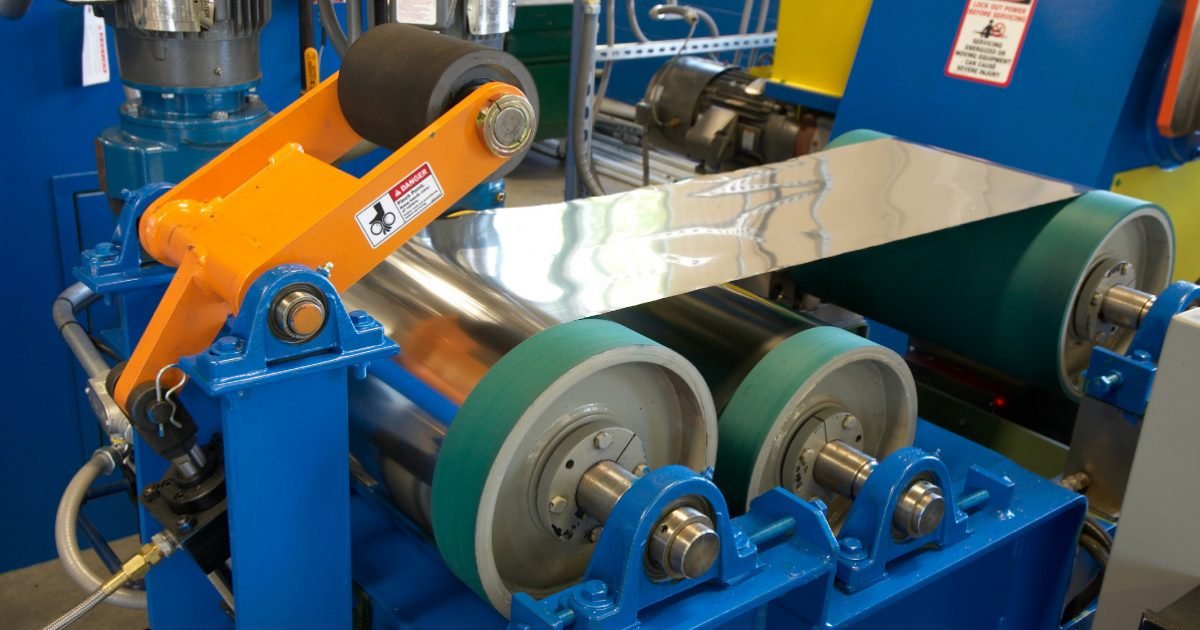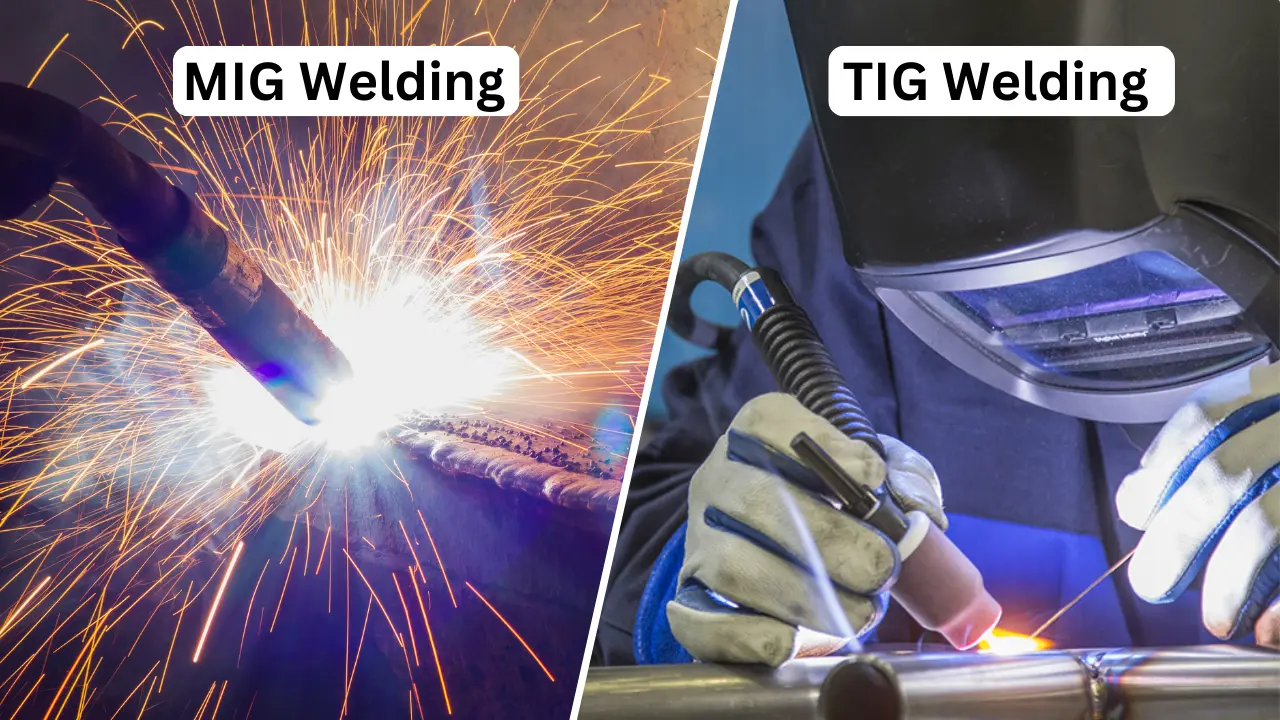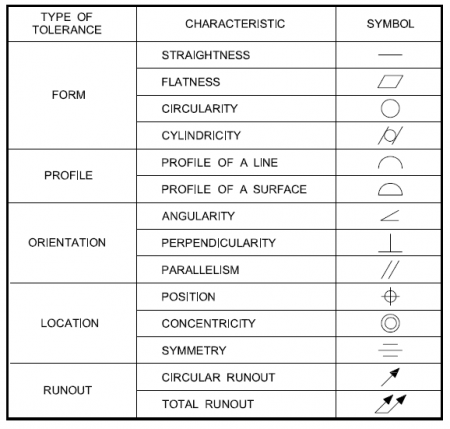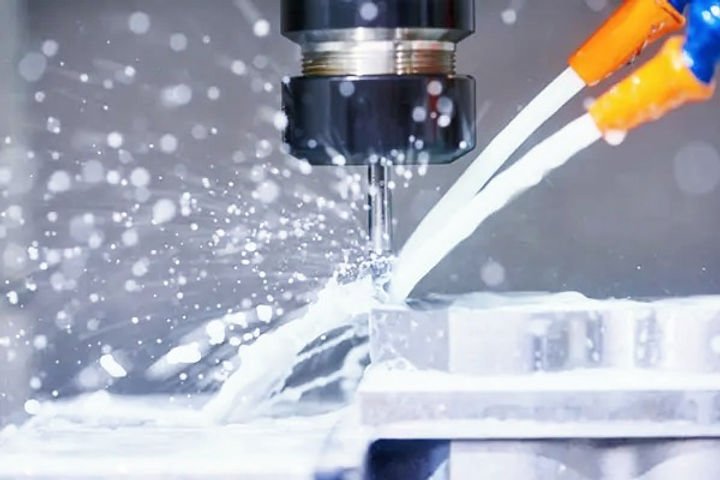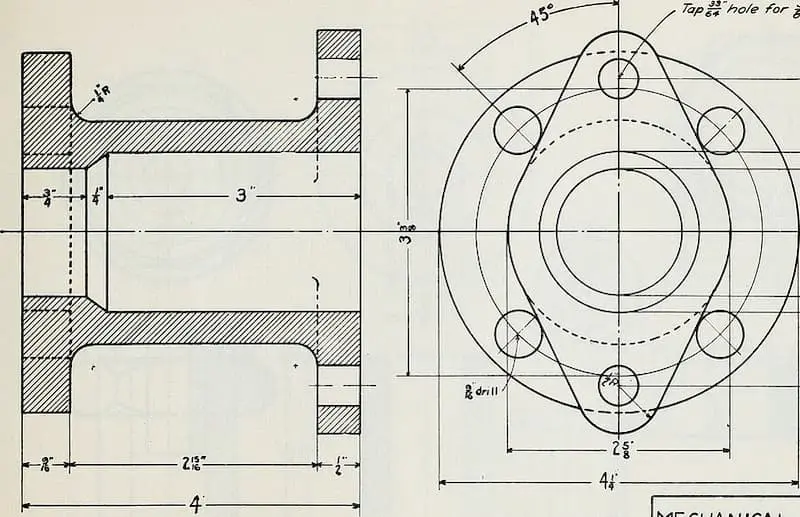Rolling in Metal Forming: 7 Powerful Benefits You Should Know
What is Rolling Rolling is a metal forming process in which metal stock is passed through one or more pairs of rotating rolls to reduce its thickness, improve uniformity, and enhance mechanical properties. It is commonly used to produce sheets, plates, bars, and other structural forms. Rolling can be performed at high temperatures (hot rolling) or room temperature (cold rolling), each offering specific benefits. Hot rolling improves workability, while cold rolling enhances surface finish and strength. Rolling is highly efficient, cost-effective, and widely used in industries such as construction, automotive, and manufacturing to produce precise and consistent metal products at scale. Types of Rolling Processes 1. Based on Temperature a. Hot Rolling b. Cold Rolling 2. Based on Direction of Roll Movement a. Forward (or Direct) Rolling b. Reverse Rolling c. Cross Rolling d. Transverse Rolling 3. Based on Number of Rolls in the Mill a. Two-High Rolling Mill b. Three-High Rolling Mill c. Four-High Rolling Mill d. Cluster (Sendzimir) Mill e. Planetary Rolling Mill 4. Based on Product Form a. Flat Rolling b. Shape Rolling (Profile Rolling) c. Ring Rolling 5. Specialized Rolling Processes a. Thread Rolling b. Roll Bending c. Skew Rolling 1. Based on Temperature Hot Rolling Hot rolling is a metalworking process in which metal is heated above its recrystallization temperature and then passed through rollers to reduce its thickness and shape it into the desired form. This process is commonly used in the production of large sections such as sheets, plates, and structural components like beams and rails. Heating the metal above its recrystallization temperature—typically above 900°C for steel—makes it more malleable and easier to deform without cracking. The material is initially cast into large slabs or billets, then reheated in a furnace, and finally passed through a series of rolling mills. As the metal moves through the rollers, its grain structure refines, enhancing mechanical properties like toughness and ductility. Hot rolling is efficient and cost-effective for shaping large volumes of metal. However, it may result in surface scaling and lower dimensional accuracy compared to cold rolling. Despite this, hot-rolled products are widely used in construction, automotive, and industrial applications due to their strength and formability. The process concludes with cooling the rolled material, which is then cut and shaped into final products or stored as coils or bars for further processing. Overall, hot rolling is a fundamental process in the modern steel and metal industry. Cold Rolling Cold rolling is a metalworking process in which metal is passed through rollers at room temperature, below its recrystallization point. Unlike hot rolling, cold rolling does not involve heating the metal before shaping, which allows for greater precision and improved surface finish. This process is typically used to produce thin sheets, strips, and high-precision metal parts. During cold rolling, the metal is first hot-rolled and pickled to remove scale, then passed through rollers to reduce thickness and improve surface characteristics. Because the material is processed at lower temperatures, it hardens through strain hardening, which increases its strength and hardness but may reduce ductility. Cold rolling results in closer dimensional tolerances, a smoother surface finish, and enhanced mechanical properties compared to hot rolling. These advantages make cold-rolled steel ideal for applications requiring tight tolerances and high-quality finishes, such as in automotive panels, appliances, and precision components. However, due to the increased hardness from cold working, additional annealing processes may be required to restore ductility if further shaping is needed. Overall, cold rolling is a vital process in producing high-quality, precision metal products for advanced manufacturing and engineering applications. 2. Based on Direction of Roll Movement Forward (or Direct) Rolling Forward (or Direct) Rolling is a fundamental metal forming process in which the workpiece and the rolls move in the same direction. This technique is commonly used in hot and cold rolling operations to reduce the thickness of metal stock and shape it into desired profiles. In forward rolling, the metal strip is fed into the rotating rolls, which apply compressive forces as it passes through the roll gap. The rolls rotate in opposite directions, pulling the material forward due to friction and simultaneously reducing its cross-sectional area. The direction of the strip’s movement aligns with the rotation of the roll surfaces in contact with the material, ensuring a smooth and continuous deformation process. This method is efficient and widely used for producing sheets, plates, and various long products such as rods and bars. Forward rolling offers advantages like high production rates, uniform thickness, and the ability to process large volumes of metal. However, precise control of roll speed and temperature is essential to maintain product quality. This process is essential in industries such as construction, automotive, and manufacturing, where consistent and reliable metal shapes are required. Reverse Rolling Reverse Rolling is a metal forming process where the direction of rolling is alternated after each pass through the rollers. Unlike forward rolling, in reverse rolling, the workpiece is passed back and forth through the same set of rolls, with the roll rotation direction reversed each time. This method is commonly used in both hot and cold rolling processes, especially when dealing with small batches or when precise thickness control is required. During reverse rolling, the metal strip is passed through the rollers in one direction, then the rolls are reversed, and the strip is fed back through. This cycle is repeated until the desired thickness or shape is achieved. The main advantage of reverse rolling is that it requires only one set of rolls and can produce high-precision products without needing multiple rolling stands. Reverse rolling is particularly suitable for rolling thick plates, specialty alloys, and small production runs. Although it is slower than continuous forward rolling, it allows for better control over material properties, such as thickness and flatness. Industries like aerospace, defense, and high-performance manufacturing often use reverse rolling for producing custom or high-specification metal components. Cross Rolling Cross
Rolling in Metal Forming: 7 Powerful Benefits You Should Know Read Post »

